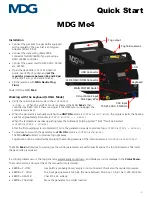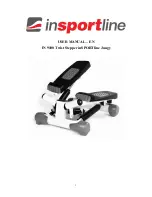Reviews:
No comments
Related manuals for 210 420

211G 155
Brand: Singer Pages: 12

2-45DTM
Brand: Blastrac Pages: 59

Me4
Brand: MDG Pages: 2

IN 9100
Brand: Insportline Pages: 9

RE1306
Brand: Janome Pages: 2

9143
Brand: Singer Pages: 51

Palermo 5
Brand: Bernette Pages: 72

KM 150/500 R D 4W
Brand: Kärcher Pages: 420

Carpetmaster 577
Brand: Clarke Pages: 21

memory craft 5700
Brand: Janome Pages: 62

MO-6704DA
Brand: JUKI Pages: 84

AMS-221EN-HS3020/7200
Brand: JUKI Pages: 70

Thermal Binding Machine 8.2
Brand: Peleman Pages: 2

8000 series
Brand: National Flooring Equipent Pages: 36

InvisiPac GM100 Plug-Free
Brand: Graco Pages: 46

TU7371
Brand: Philips Pages: 3

e2v Eliixa+ EV71YC2MCL8005-BA0
Brand: Teledyne Pages: 71

Euro-Pro 7133
Brand: Euro-Pro Pages: 107

















